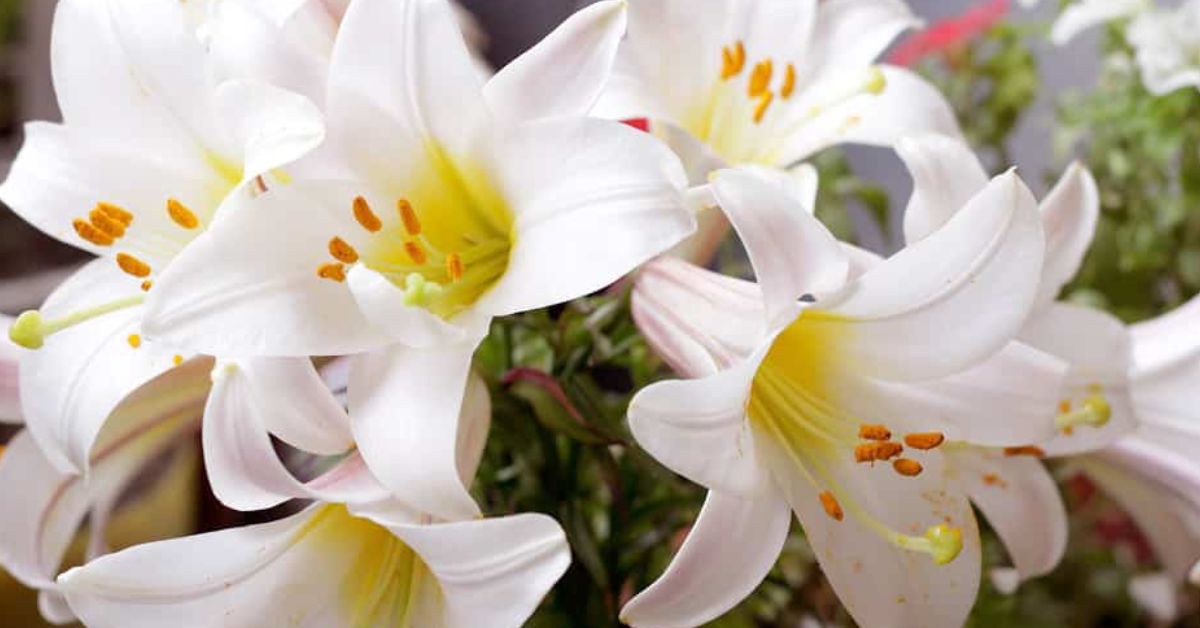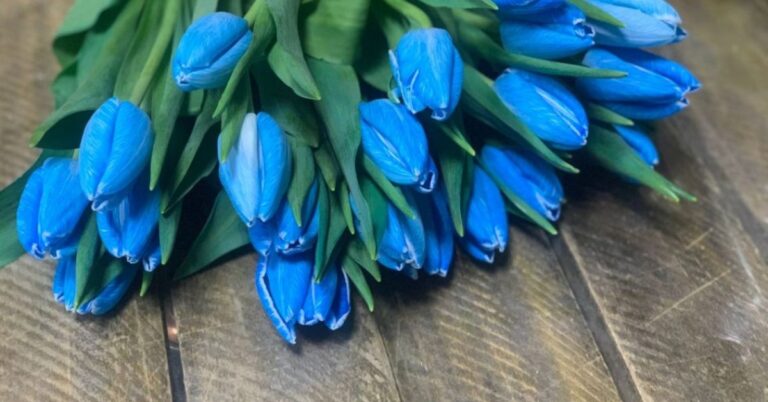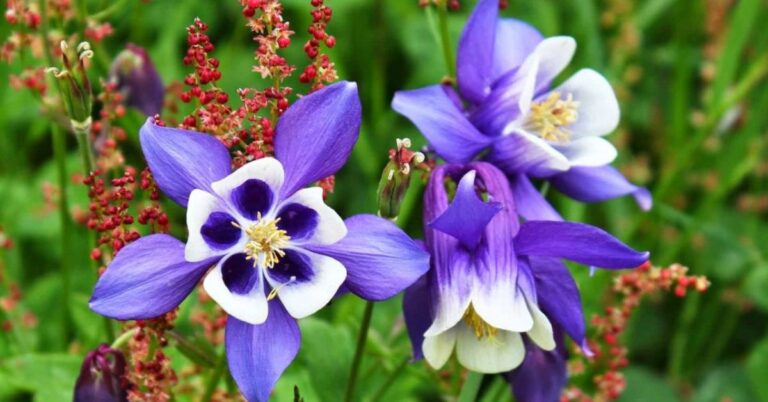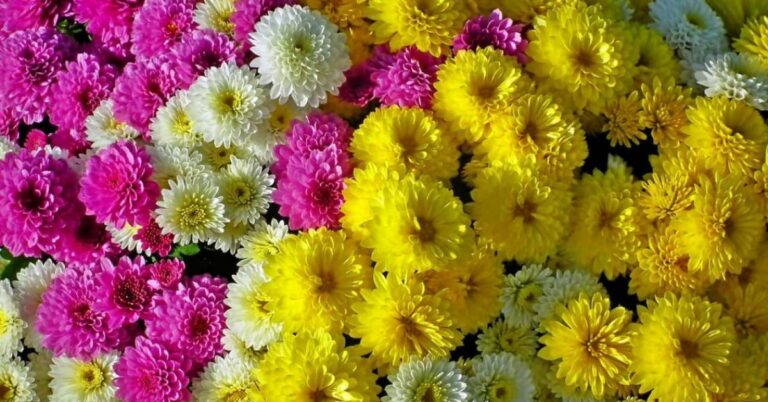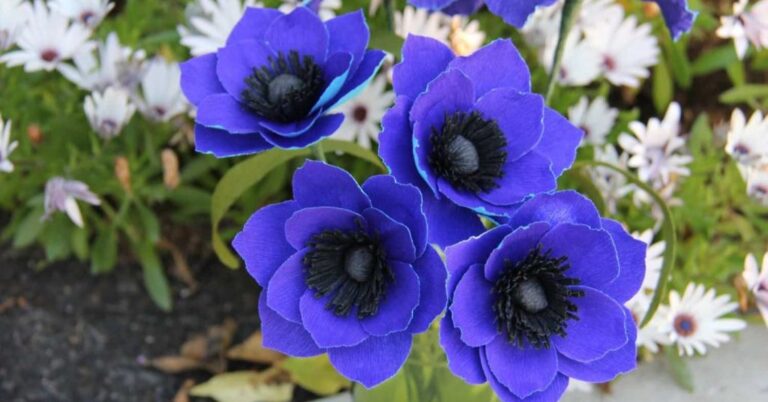What is the Meaning of the Lily Flower?
The lily, with its elegant petals and intoxicating fragrance, has long captivated the hearts of poets, gardeners, and lovers alike. But beyond its aesthetic appeal lies a rich tapestry of symbolism that dates back to ancient civilizations. As we delve into the question—What is the Meaning of the Lily Flower?—we uncover layers of meaning that intertwine with themes of purity, renewal, and even sorrow. From ancient Greek myths where lilies were born from the milk of Hera to their representation in Christian iconography as symbols of resurrection and hope, these flowers have transcended mere beauty.
What does the name ‘Lily’ mean?
The name Lily carries with it a rich tapestry of meanings and symbolism. Derived from the Latin word lilium, it directly references the flower that has long been associated with purity, beauty, and renewal. In various cultures, the lily represents different virtues; for instance, in Christianity, it symbolizes the Virgin Mary’s purity and innocence. This connection often leads people to associate the name Lily with qualities of grace and gentleness.

What is the Meaning of Lily Flowers?
Lily flowers, with their elegant petals and enchanting fragrance, have held symbolic meaning for centuries across various cultures. At their essence, lilies embody purity and refined beauty. In Christian iconography, they often represent the Virgin Mary’s purity and motherhood, making them a common sight in religious artworks and celebrations. Meanwhile, in ancient Greek mythology, the lily was associated with Hera, the goddess of marriage and family; thus linking these blossoms to love and devotion.
Purity and innocence
Lily flowers hold a profound significance that transcends mere aesthetics, embodying the essence of purity and innocence in various cultures. The delicate petals and serene posture of these blooms are often associated with new beginnings and transformative journeys, symbolizing a fresh start or the innocence of youth. In Christian symbolism, lilies particularly represent the Virgin Mary’s purity, reinforcing their status as emblems of divine grace and moral clarity. This connection elicits an appreciation for how something so simple could encapsulate such deep spiritual truths.
Fertility and motherhood
Lily flowers, with their elegant blooms and rich symbolism, have long been associated with fertility and motherhood across various cultures. These exquisite flowers are often seen as emblems of purity and renewal, embodying the nurturing qualities that define motherhood. The archetypal image of the lily, especially in Christianity where it represents the Virgin Mary, underscores a deep connection to maternal love and divine protection. This association is further enhanced by the flower’s ability to thrive in diverse environments, symbolizing resilience in the journey of motherhood.
Passion and love
Lily flowers, with their stunning elegance and enchanting fragrance, have long been associated with deep emotions of passion and love. Each bloom tells a story, where the trumpet-shaped petals symbolize the triumph of love over challenges. The captivating allure of lilies echoes the intensity of romantic relationships; their beauty demands attention while representing purity and devotion at the same time.
Rebirth and renewal
Lily flowers are emblematic of rebirth and renewal, weaving a narrative that transcends mere aesthetics. Each blossom unfurls like a new chapter in the story of life, signifying not only the arrival of spring but also personal transformation. In many cultures, these elegant blooms are seen as a powerful representation of resilience—able to thrive even after enduring harsh winters. This idea resonates deeply with those experiencing pivotal moments in their lives, offering hope that rejuvenation is always possible.
Sadness
Lily flowers, often celebrated for their beauty, carry a profound yet nuanced symbolism that touches on the theme of sadness. Unlike their more commonly known associations with purity and renewal, certain species of lilies resonate with themes of mourning and loss. The white lily, in particular, is frequently linked to funerals and remembrance ceremonies; its elegant petals evoke a sense of tranquility amidst grief. This lays bare the complexity of emotions tied to these flowers—sadness intertwined with an appreciation for the bittersweet aspects of life.
Types of Lily Flower and Meanings
Lily flowers come in an astonishing variety, each type carrying its unique symbolism and meaning that can deepen our appreciation for this elegant bloom. The classic Easter Lily represents purity and resurrection, making it a staple during the spring season, especially in religious celebrations. On the other hand, the vibrant Tiger Lily, with its striking orange petals speckled with black spots, symbolizes wealth and pride; a testament to how nature’s beauty can embody both elegance and exuberance.
Calla lily flower meaning
The Calla lily, with its elegant trumpet-shaped blooms, carries a rich tapestry of meanings that extend far beyond its aesthetic beauty. Often associated with purity and innocence, this striking flower is frequently used in weddings and ceremonial occasions to symbolize the triumph of love and commitment. However, lesser-known interpretations delve into the realm of rebirth and renewal; much like its ability to thrive in diverse environments, the Calla lily serves as a reminder that new beginnings can emerge from life’s challenges.
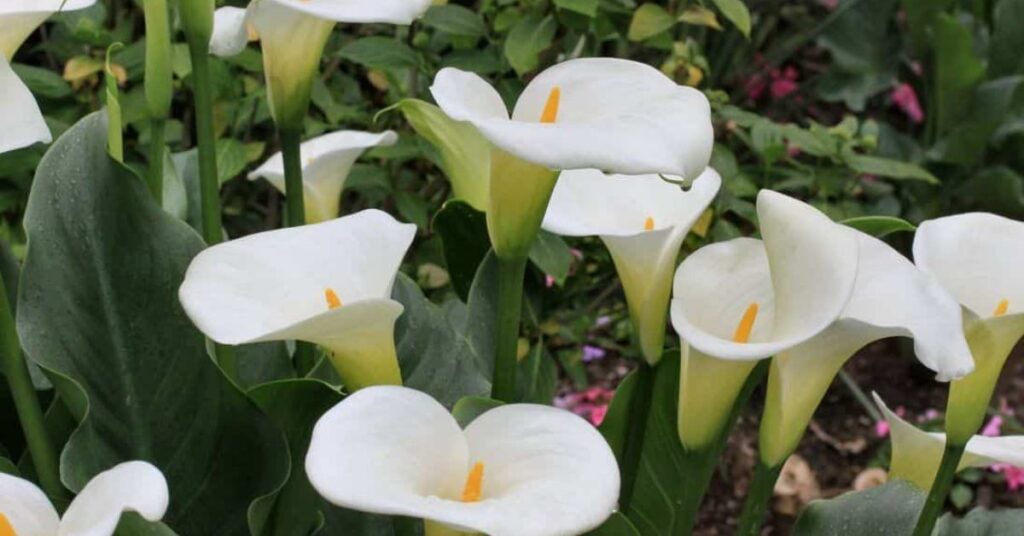
Tiger lily flower meaning
The tiger lily, with its vibrant orange petals adorned with striking black spots, carries a multitude of meanings that resonate deeply across cultures. Often associated with passion and confidence, this flower embodies the essence of embracing one’s true colors. In many traditions, the tiger lily symbolizes resilience—a reminder to bloom fiercely even in life’s harshest conditions. This tenacity makes it a beloved choice for those looking to convey strength through their floral selections.
Stargazer lily flower meaning
The Stargazer lily, with its breathtakingly vibrant petals and intoxicating fragrance, holds deep symbolic significance that transcends mere beauty. Often associated with abundance and prosperity, this remarkable flower represents the joys of life and the promise of new beginnings. The striking star-shaped blossoms symbolize aspiration and enlightenment, inviting those who encounter them to reach for their dreams and embrace their individuality.
Water lily flower meaning
The water lily flower, often associated with tranquility and purity, carries a profound meaning across various cultures. In many traditions, it symbolizes rebirth and new beginnings due to its remarkable ability to bloom in the murky depths of ponds and lakes. This transformation from darkness to light resonates with the journey of personal growth, encouraging individuals to rise above challenges and embrace their authentic selves. The water lily’s serene presence on still waters serves as a poignant reminder that beauty can flourish even in adverse circumstances.
What do the Different Colours of Lily Mean?
Lily colors carry rich meanings that often reflect emotions, sentiments, and even cultural significance. For instance, white lilies symbolize purity and virtue, traditionally associated with religious ceremonies and spiritual rebirth. Their pristine hues evoke a sense of tranquility and are often used in weddings to represent the innocence of love. In contrast, orange lilies convey enthusiasm and passion; they are vibrant reminders of encouragement and fascination—perfect for celebrating achievements or spurring creativity.
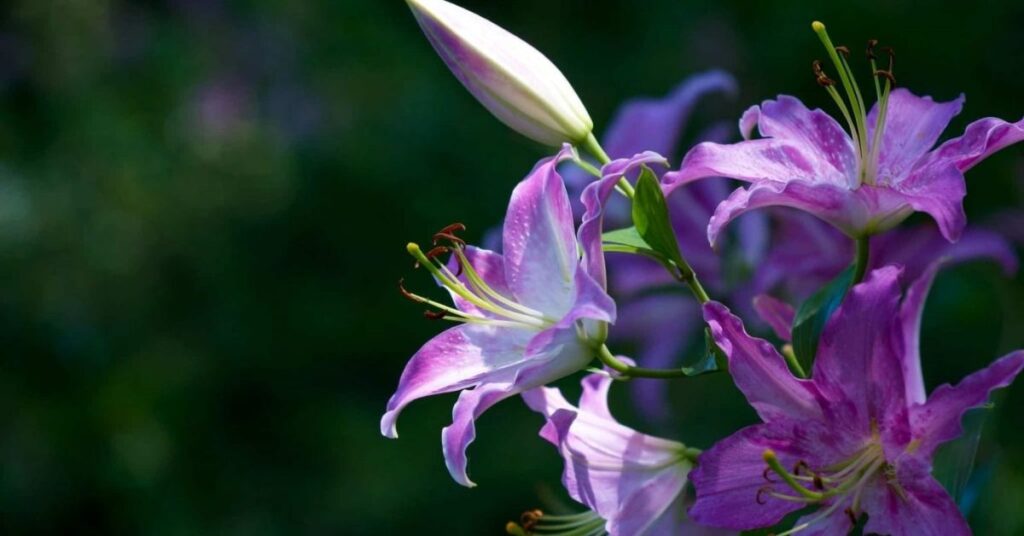
Pink Lily symbolizes Romance and Admiration
The Pink Lily, often regarded as a floral emblem of romance and admiration, carries rich meanings that extend beyond its delicate beauty. Its soft hues evoke a sense of tenderness and affection, making it the perfect accent for romantic gestures—be it a heartfelt proposal or an intimate anniversary celebration. As these blooms flourish in gardens, they can also symbolize the blossoming relationship between two individuals, reminding us that love is a dynamic journey filled with growth and nurturing.
Red Lily symbolizes Passion and Courage
The Red Lily, with its striking hue and exquisite form, serves as a powerful emblem of passion and courage. This vibrant flower is not just a visual delight; it represents the fiery emotion that drives individuals to pursue their dreams relentlessly. In many cultures, the Red Lily is associated with fervent love and the bold spirit required to confront life’s challenges head-on. It reminds us that true passion often requires an unwavering commitment and bravery to step outside our comfort zones.
Orange Lily symbolizes Energy and Creativity
The Orange Lily, with its vibrant hue and striking form, is more than just a picturesque addition to any garden; it serves as a powerful emblem of energy and creativity. This stunning flower bursts forth with vigor, reflecting the dynamic nature of life itself. The color orange, associated with enthusiasm and warmth, enhances this symbolism, suggesting that the essence of creativity thrives when fueled by passion and zest for life. By incorporating Orange Lilies into your surroundings—be it in a floral arrangement or indoor decor—you invite an atmosphere that fosters inspiration and encourages imaginative expression.
Yellow Lily symbolizes Joy and Friendship
The vibrant yellow lily stands as a resplendent emblem of joy and friendship, capturing the essence of warmth and connection through its radiant petals. Often blooming in late spring and early summer, these flowers evoke a sense of renewal and celebration, reminding us to cherish the bonds we share with those around us. When gifted to friends or loved ones, yellow lilies elevate ordinary moments into joyous occasions, making them perfect for celebrations like graduations or birthdays.
Purple Lily symbolizes Royalty and Elegance
The Purple Lily, with its majestic blooms and vibrant hues, has long been revered as a symbol of royalty and elegance. Its deep lavender petals evoke images of aristocratic gardens, where nobility once strolled among lush florals, basking in the opulence that such flowers represent. Beyond its aesthetic appeal, the Purple Lily embodies a rich history interwoven with tales of ancient civilizations that celebrated its beauty in art and culture. From royal ceremonies to significant life events, the presence of these stunning blossoms has signified status and sophistication.
Fun Facts About Lily Flower Meaning
The lily flower holds a wealth of symbolism and meaning, making it one of the most intriguing blooms in botany. Fun Facts About Lily Flower Meaning reveal that these flowers are often associated with purity, renewal, and rebirth. In many cultures, the white lily symbolizes innocence and virtue, while other colors convey different emotions—such as the vibrant orange lily representing passion or the serene blue lily denoting wisdom and tranquility.
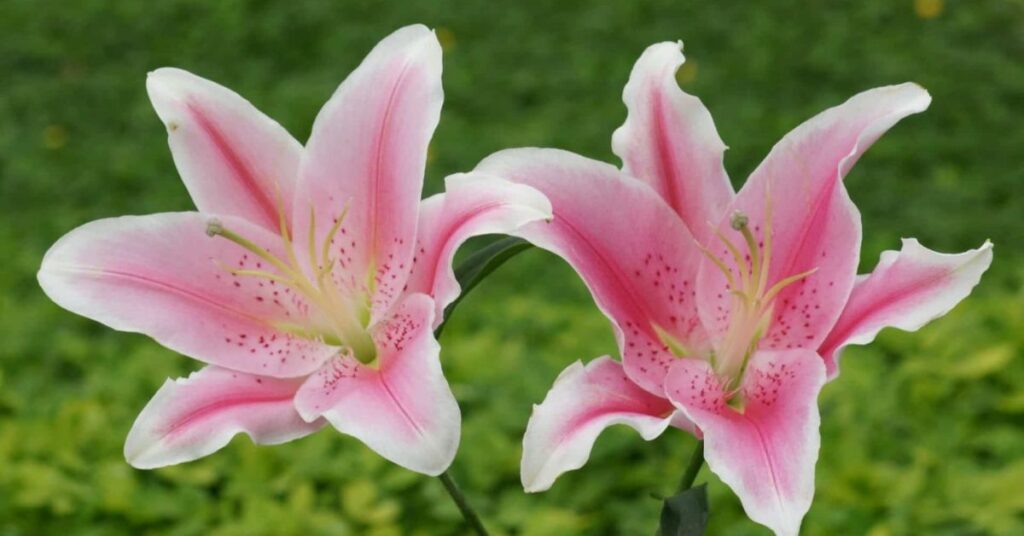
Conclusion
The lily flower holds a rich tapestry of meanings that vary across cultures and contexts, symbolizing purity, renewal, and transience. Its elegant petals and captivating fragrance have made it a popular choice in gardens and floral arrangements alike, often serving as a poignant reminder of life’s fleeting beauty. The myriad interpretations of lilies—from their association with divine love to their role in mourning—underscore their versatility as symbols in both personal and communal expressions.
By understanding the significance of the lily, we can deepen our appreciation for nature’s artistry and the messages it conveys. As you encounter this exquisite flower in your own life, take a moment to reflect on its profound meanings and consider how you might incorporate more symbolism into your surroundings.

